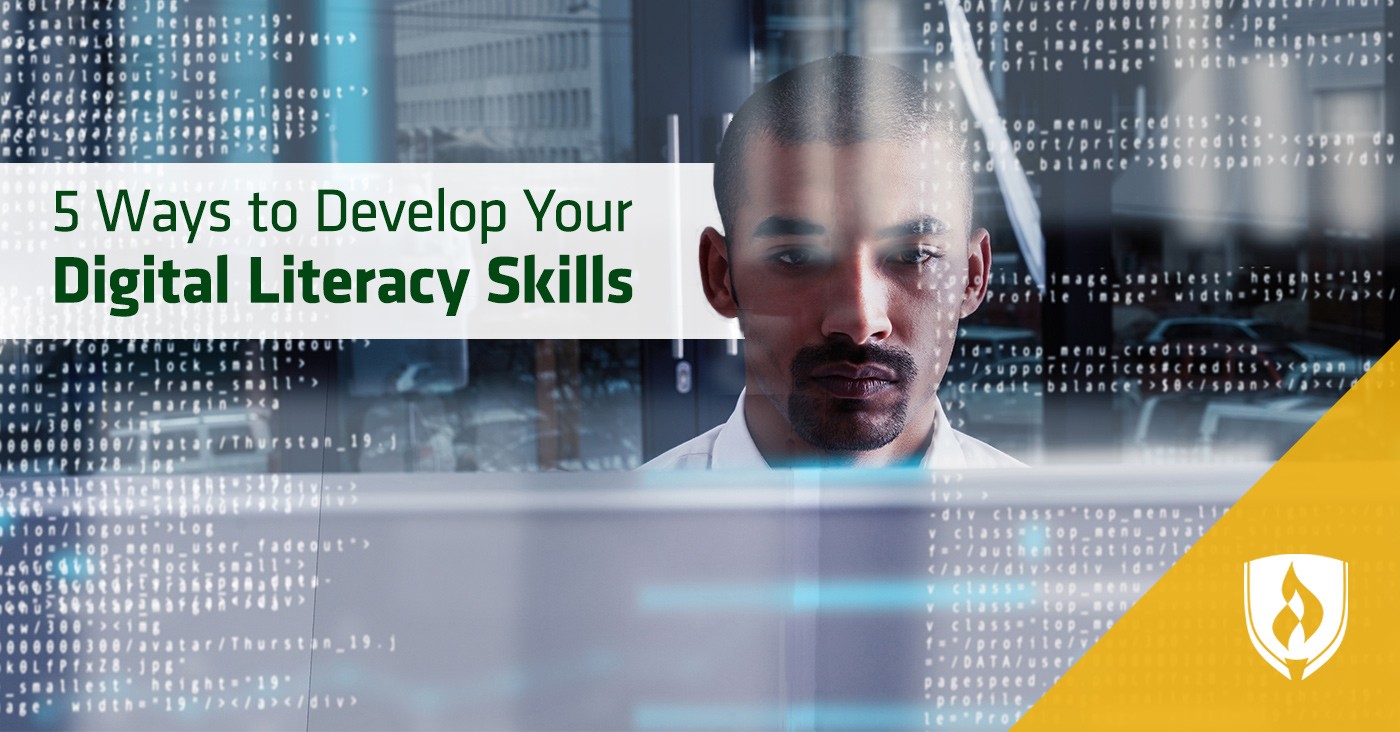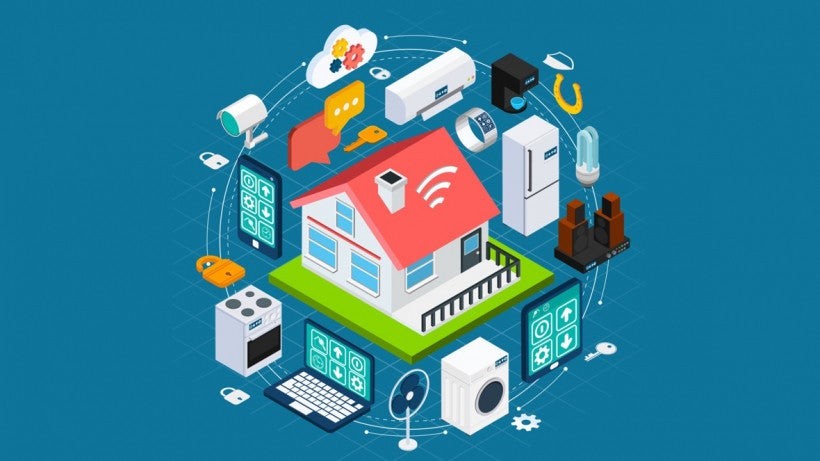Improving digital literacy is no longer a niche skill—it’s a fundamental requirement for navigating today’s professional and personal landscapes. As technology continues to evolve, the ability to understand, evaluate, and use digital tools effectively has become a key differentiator in the workplace and beyond. Digital literacy isn’t just about knowing how to operate a device or use software; it’s about understanding how digital systems work, how to communicate effectively online, and how to make informed decisions in a digital environment. It’s a blend of technical proficiency, critical thinking, and adaptability.
One of the most effective ways to enhance digital literacy is through intentional exposure. Rather than waiting for necessity to drive learning, individuals can proactively explore new platforms, tools, and technologies. This doesn’t mean mastering every app or coding language, but rather developing a comfort level with unfamiliar interfaces and digital workflows. For example, experimenting with a new project management tool or exploring the features of a cloud-based collaboration platform can reveal insights into how digital systems are structured and how they facilitate productivity. The more frequently you engage with digital tools, the more intuitive they become, and the easier it is to adapt when new ones emerge.
Critical thinking plays a central role in digital literacy. With the vast amount of information available online, the ability to assess credibility, detect bias, and verify sources is essential. This is particularly important in business contexts, where decisions often rely on data and digital communication. Being digitally literate means knowing how to distinguish between reliable and unreliable content, understanding the implications of data privacy, and recognizing how algorithms shape the information we see. For instance, when researching market trends, a digitally literate professional will not only gather data but also evaluate the methodology behind it and consider the influence of digital platforms on public perception.
Communication is another pillar of digital literacy. In a world where emails, instant messages, and virtual meetings dominate, knowing how to convey ideas clearly and professionally online is crucial. This includes understanding tone, formatting, and etiquette across different platforms. A well-crafted email differs from a Slack message, and a LinkedIn post requires a different approach than a team update in a shared document. Improving digital literacy involves practicing these forms of communication, observing how others use them effectively, and refining your own style to suit various audiences and contexts.
Security awareness is also integral to digital literacy. As cyber threats become more sophisticated, individuals must understand how to protect their data and devices. This means recognizing phishing attempts, using strong passwords, and understanding the basics of encryption and secure connections. In business settings, digital literacy includes knowing how to handle sensitive information, comply with data protection regulations, and respond appropriately to security incidents. For example, an employee who understands the importance of two-factor authentication and secure file sharing contributes to a safer digital environment for the entire organization.
Learning to navigate digital collaboration tools is another step toward improving digital literacy. Platforms like Microsoft Teams, Google Workspace, and Zoom have become standard in many workplaces, and knowing how to use them effectively can enhance both individual and team performance. This includes managing shared calendars, organizing virtual meetings, and collaborating on documents in real time. Digital literacy in this context means not only technical proficiency but also an understanding of how to foster engagement and accountability in virtual spaces. It’s about using technology to support collaboration, not just facilitate it.
Continuous learning is essential in the digital age. Technology doesn’t stand still, and neither should your skills. Staying current with trends, updates, and best practices requires a mindset of curiosity and openness. This might involve subscribing to industry newsletters, attending webinars, or participating in online courses. It’s not about chasing every new tool, but about building a foundation that allows you to evaluate and adopt new technologies as they become relevant. For example, understanding the basics of artificial intelligence or blockchain can help you engage in strategic conversations, even if you’re not directly implementing those technologies.
Mentorship and peer learning can also accelerate digital literacy. Engaging with colleagues who have different strengths and experiences creates opportunities to share knowledge and discover new approaches. Asking questions, offering help, and collaborating on digital tasks fosters a culture of learning and innovation. In many organizations, informal learning through peer interaction is just as valuable as formal training. A team member who’s proficient in data visualization might help others understand how to present insights more effectively, while someone skilled in digital marketing could offer tips on optimizing online content.
Ultimately, improving digital literacy is about becoming more confident, competent, and critical in your use of technology. It’s not a destination but a journey—one that evolves with every new tool, challenge, and opportunity. By embracing a proactive, thoughtful approach to digital engagement, individuals can not only keep pace with change but lead it. In a world where digital fluency is increasingly linked to professional success and personal empowerment, investing in your digital literacy is one of the most strategic moves you can make.





